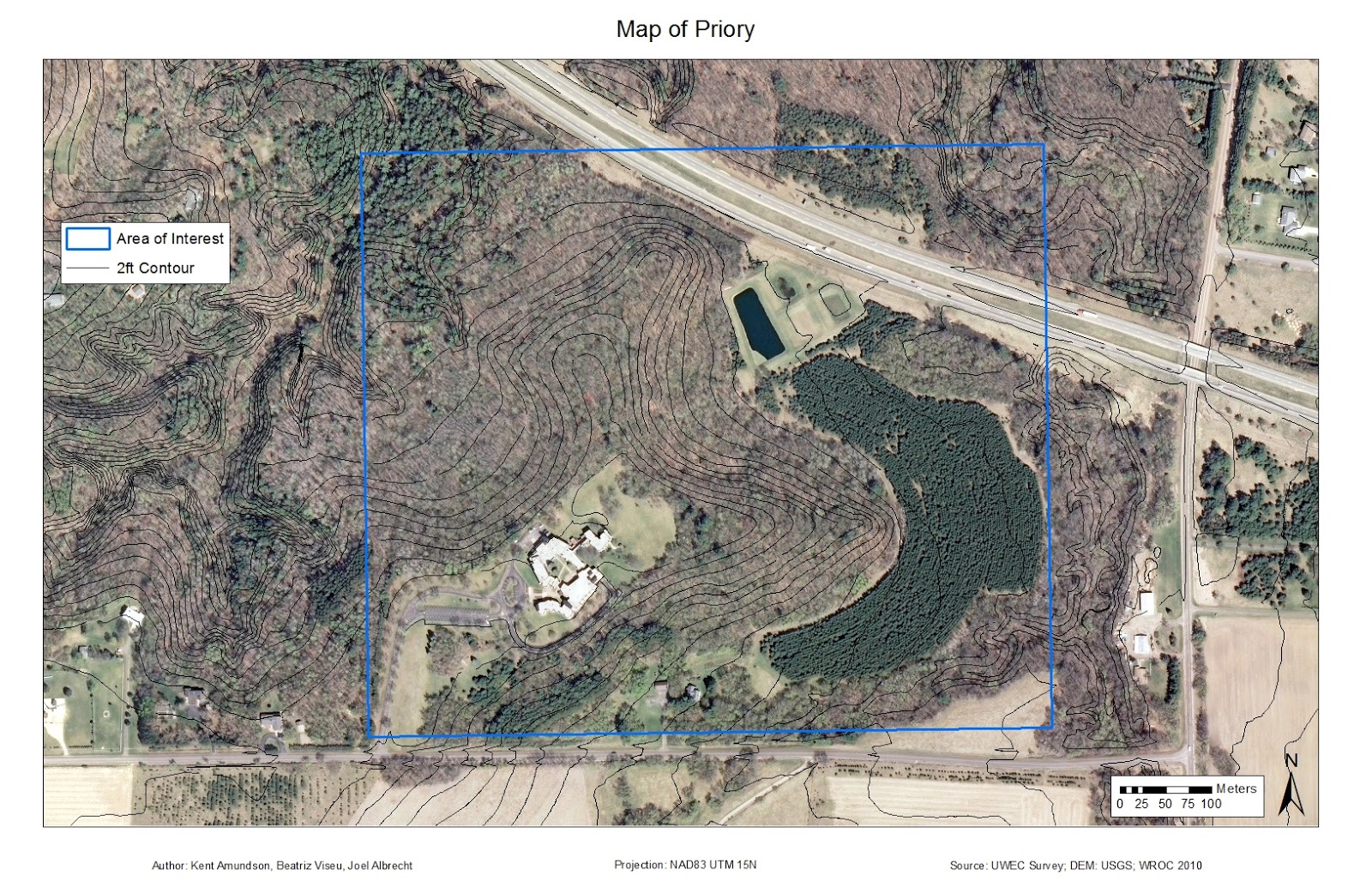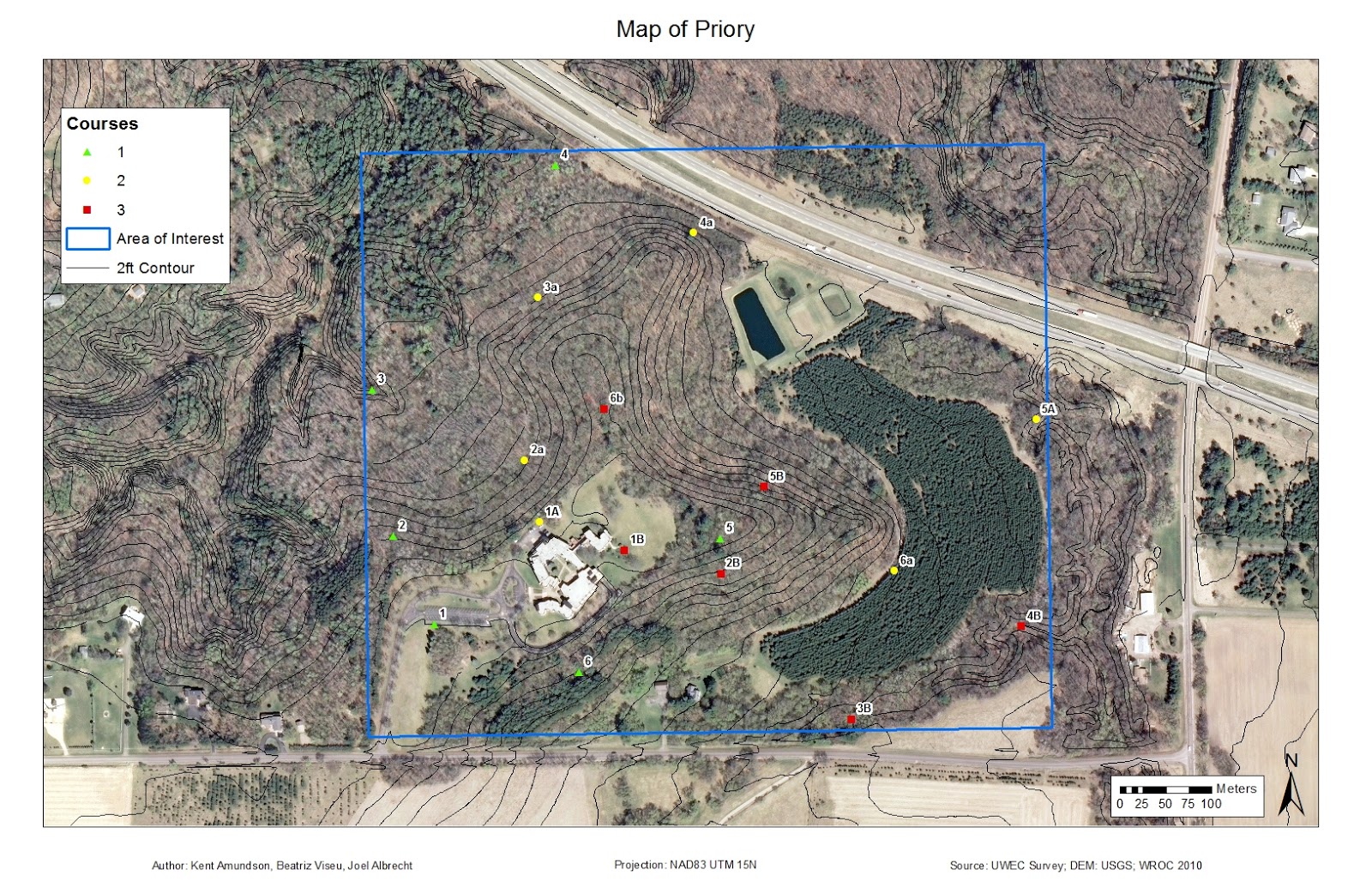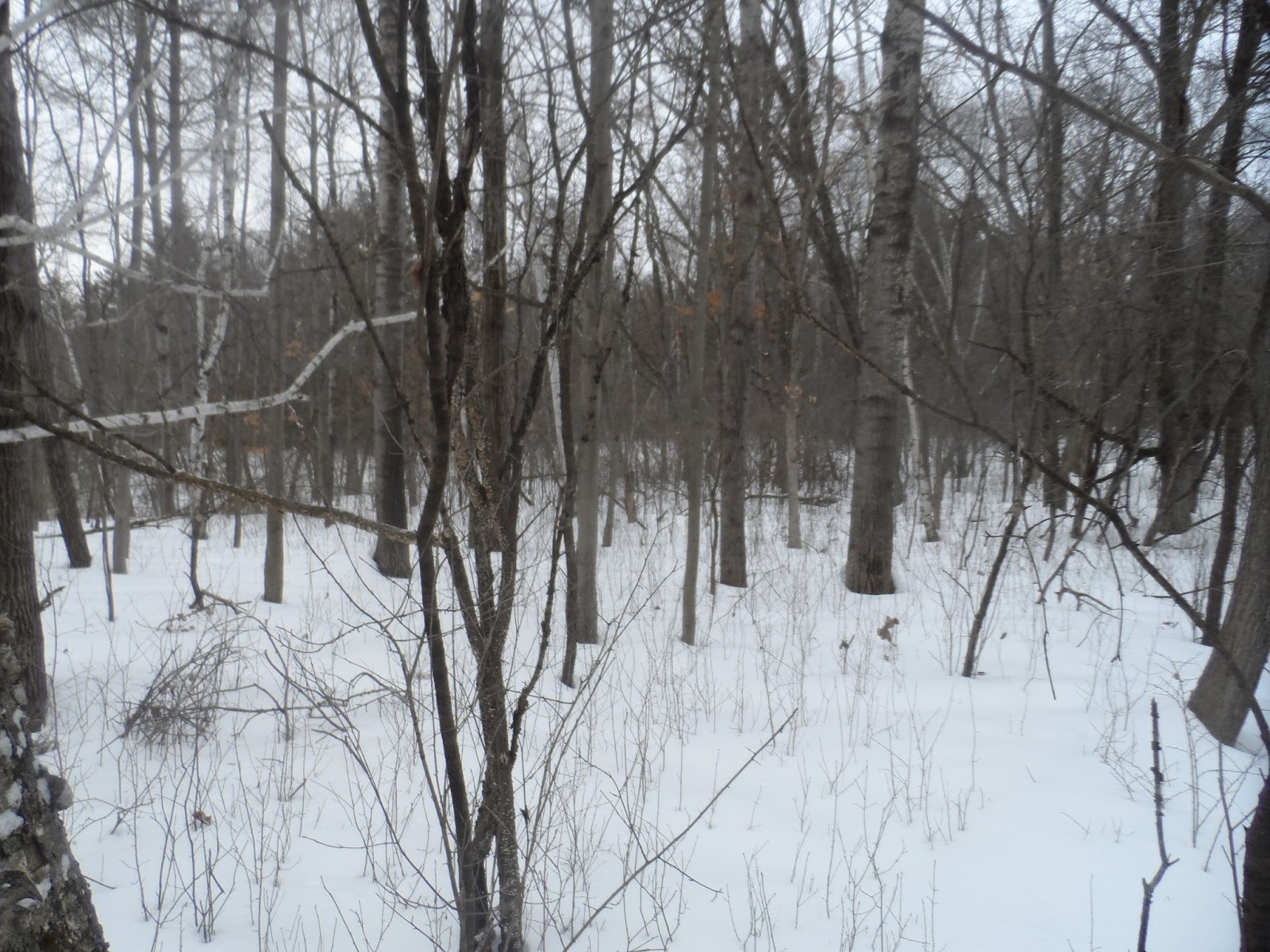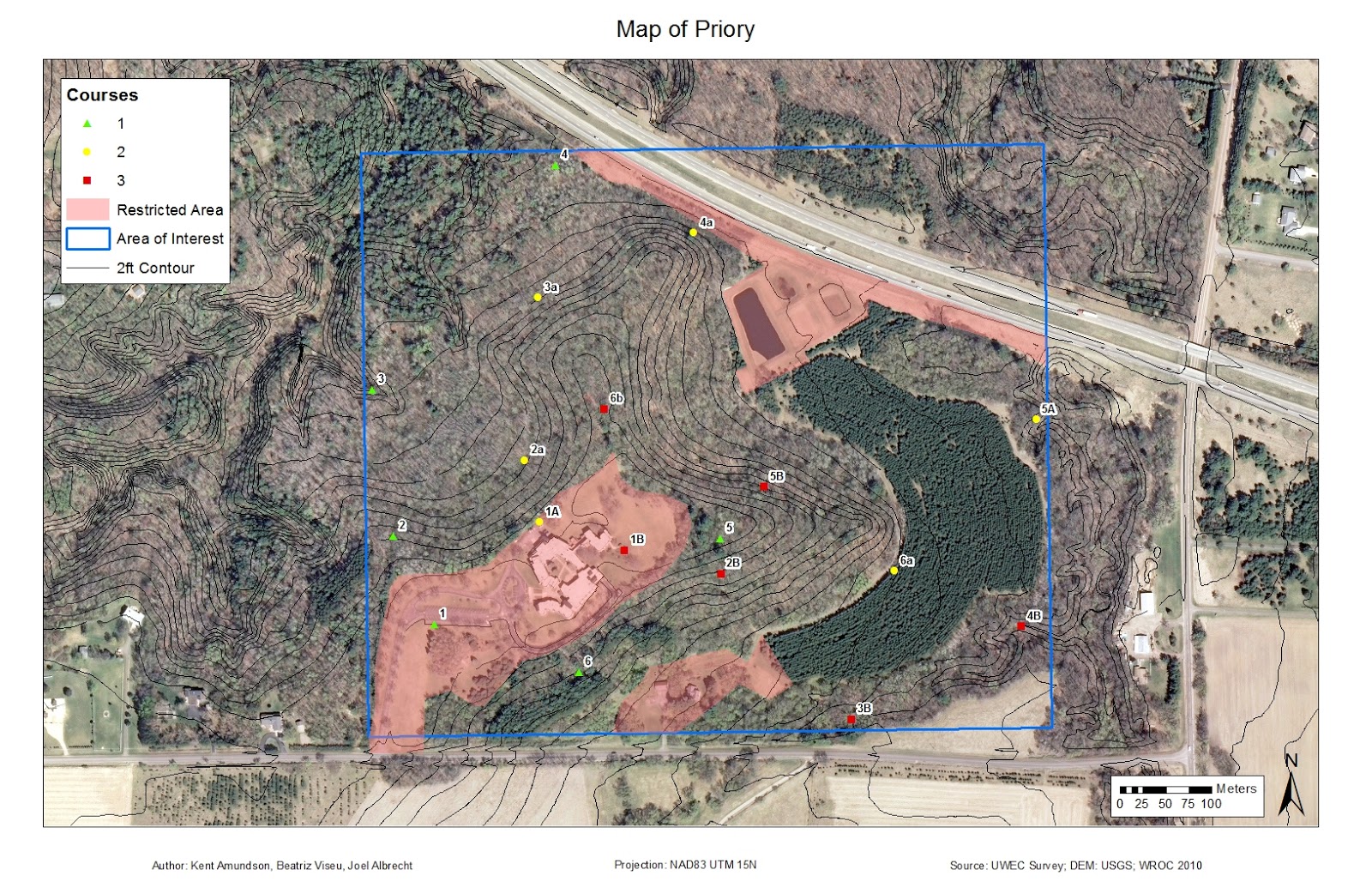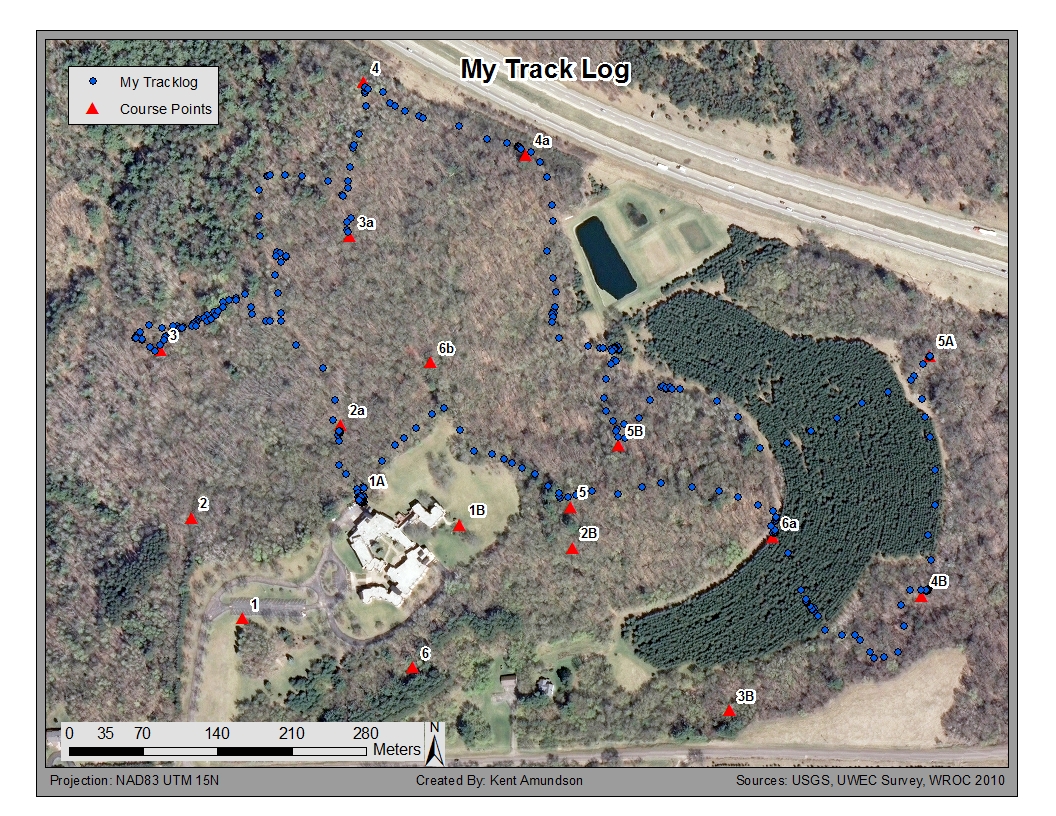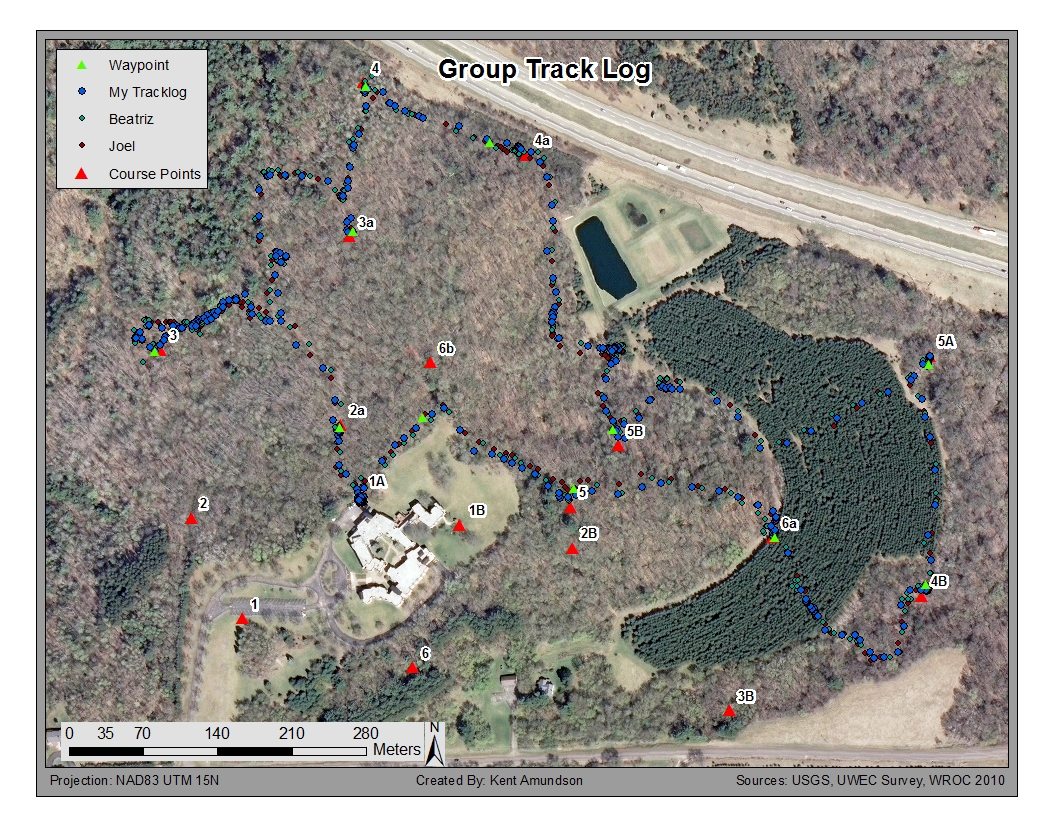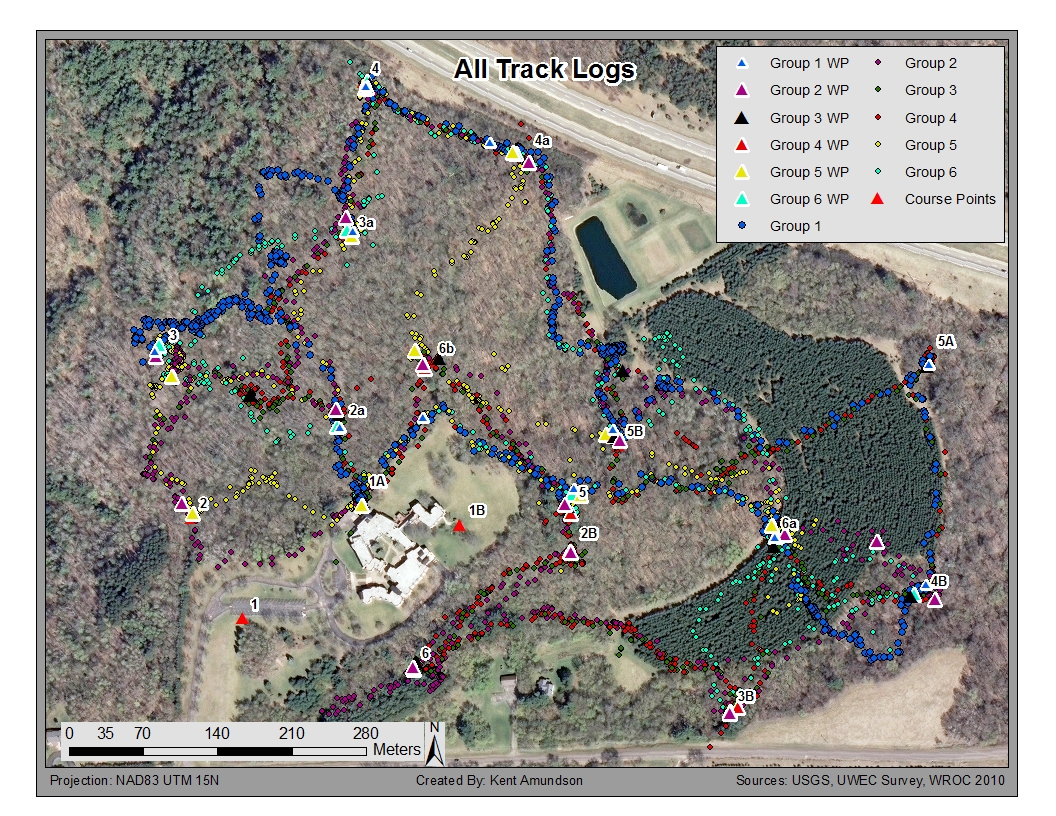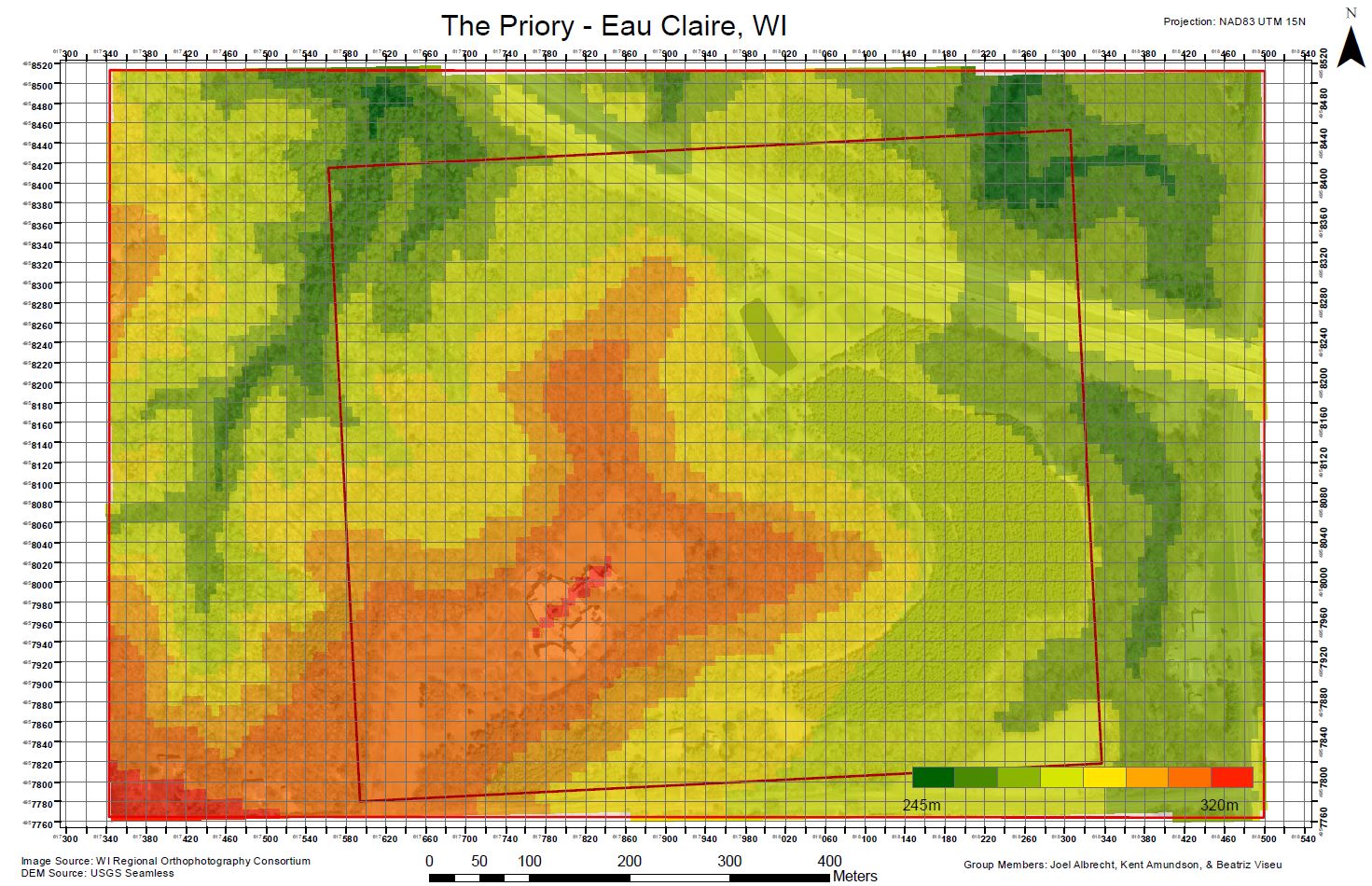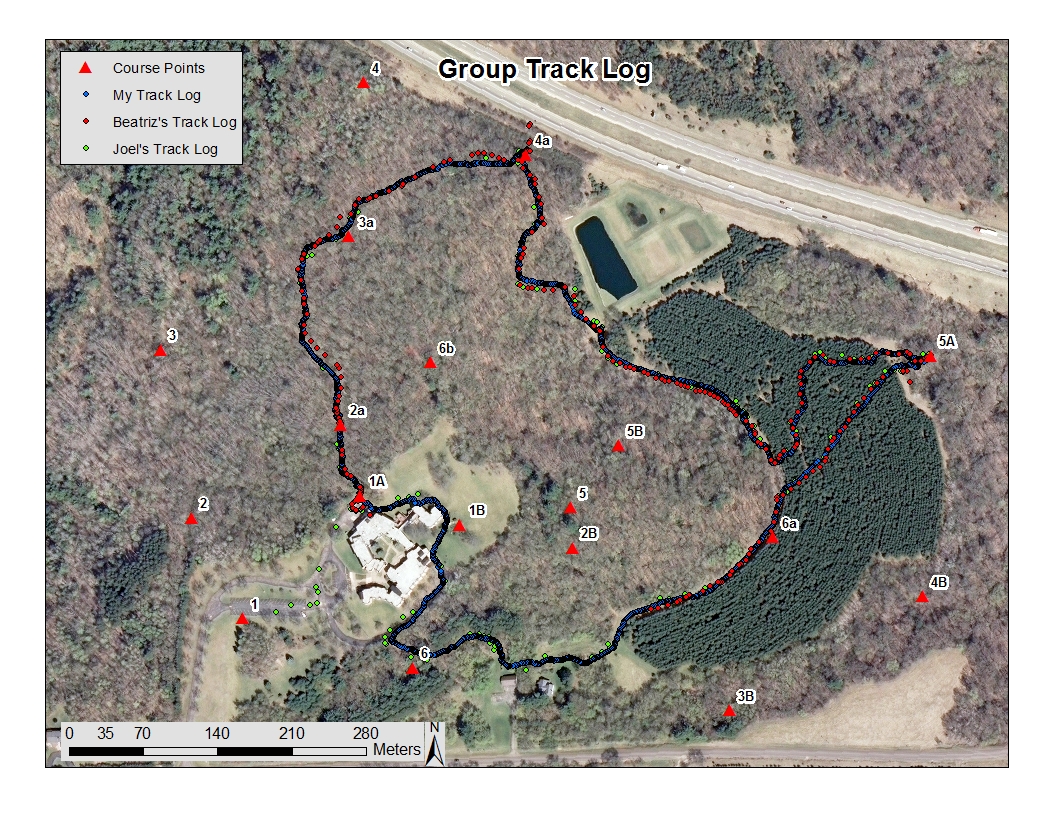Balloon Mapping II conducted: April 8th, 2013.
Introduction
Back in February we began the preparations for doing both aerial mapping with a balloon and a high altitude balloon launch. The weather is finally beginning to resemble something like Spring, and so we are finally able to begin the aerial mapping of our campus. This was a collaborative effort, and a learning experience for everyone, as nobody in the class, including the professor, has done aerial mapping with a balloon, nor georeferenced and mosaicked the imagery that resulted from such an endeavor.
We conducted balloon mapping on two different occasions. The first event took place on April 1st, and was more of an experimental day to ensure everything was in working order and to work out any potential issues. On April 8th we went out the second time, with great success.
Since I will be discussing both days in this single blog post, I will first examine the events of April 1st, then the events of April 8th, followed by a comparison of the two days in the conclusion.
Balloon Mapping I
Methods and Discussion
Upon arriving at class, everyone was instructed to split into groups and accomplish particular tasks. Some were needed to fill the balloon with helium, others were to ready the camera rigs, and another group needed to measure and mark the balloon string so we would know how high the balloon was. I worked with the group marking the balloon strings. The professor had us mark every 50 feet, up to 400 feet (Figures 1, 2). Each 50 was marked as black, each 100 was red, and the 400 mark was green and red. These marks were intended to provide us with an idea of the height reached by the balloon.
While I was helping mark the balloon line, another group found a unique way to transport the large, heavy helium bottle from the second floor storage room, to the garage where the balloon was to be filled (Figure 3). Once the lines were marked, we headed down to the garage to deliver the string and see how the filling of the balloon was going (Figure 4).
 |
| Figure 1: Amy and myself holding the string taut so I could mark it. Amy walked the string back and forth while Beatriz and I marked it. |
 |
| Figure 2: An example of a marking we made. Red was used to represent 100, 200, 300, and 400 feet (though 400 also had green). |
 |
| Figure 3: An unconventional, but unique and effective way of transporting the large, heavy helium bottle. |
 |
| Figure 4: The filling of the balloon. |
When we arrived, they were finishing up with the filling process, and attached the string to the balloon. With the string attached to the balloon via a metal ring and carabiner, and an eTrex GPS unit as well, we headed to the campus mall where we would launch the balloon. Last minute checks were made to verify the was set to continuous shot mode and that pictures were being taken. The styrofoam enclosure was then taped shut and the balloon was released (Figure 5). As can be seen in Figure 6, the wind was very strong, and immediately pushed our balloon to the East, restricting its ability to gain altitude. After walking it around the campus mall, it was reeled in and we returned to the garage to attach and test the HABL rig.
 |
| Figure 5: Professor Hupy attaching the eTrex GPS unit to the balloon before it is released. |
 |
| Figure 6: Picture of the balloon in the sky. Though it is somewhat difficult to tell, the balloon is pushed very far away and is not actually that high up. |
With the HABL rig attached, the balloon was released in the campus mall area. The class, eager to get some interesting pictures, decided to walk it over the bridge towards the Haas Fine Arts building. Due to the strong, prevailing winds, the rig was being whipped around substantially, and at times the balloon was even being contorted (Figure 7). The wind eventually caused the string to snap, resulting in the balloon rising, and the camera rig falling towards its untimely death (Figure 8). With the class watching in horror, the rig splashed into the river, and everyone was suddenly glad the camera was in a waterproof case and the rig was intended to float. Fortunately, not only did the rig land in the water, but it also landed towards the outside of it, resulting in it being pushed relatively close to the shore. Our professor quickly navigated the snow covered, rocky slope to the rivers edge, grabbed a tree branch, and managed to snag the rig in a single thrust. With rig in hand, our professor returned to a crowd of relieved students (Figure 9).
 |
| Figure 9: Professor Hupy climbing back up the slope after grasping the rig from the Chippewa River. |
After returning to the classroom, our professor uploaded the photos from the first launch, along with the video from the second. Figure 10 through 12 show some of the images obtained from the Lumix camera used in the first rig. While a few of them turned out really well, most of them were unusable due to the angles or blurriness.
 |
| Figure 10: One of the usable images obtained. This is the campus mall area where both balloons were launched from. |
 |
| Figure 11: Thanks to the wind, the camera captured a cool image of both the walking bridge and the Chippewa River. |
 |
| Figure 12: Again, the wind provided an excellent photo of the new Davies Student Center, and parts of upper campus. |
Balloon Mapping II
Methods and Discussion
For this class period, the class split into the same groups in order to accomplish the tasks quickly, providing as much time as possible for mapping. One new group was formed to take three different GPS units and collect ground control points for use in the mosaicking process. As for the string, this time our professor wanted to increase its measured length so it could be allowed to go even higher. We marked increments every 50 feet, up to 700 feet (Figure 13). This time, the rig was merely a string cradle for the camera, with an arrow strapped to it and a fin attached (dubbed 'camarrow'). The arrow and fin act as a wind vane, pointing the camera in the direction of the wind, thereby increasing stability. With the camarrow attached to the balloon (Figure 14), we headed to the campus mall, where it was quickly examined and then released (Figure 15).
 |
| Figure 13: Again, Amy is walking with reel of string while Beatriz and I hold the string at opposite ends. This time we increased the range up to 700 feet, with increments every 50 feet. |
 |
| Figure 15: Professor Hupy assisting in the release of the balloon, after students verified it was in continuous shot mode and was taking pictures. |
The combination of having only a light wind and fin substantially improved the stability. The lack of wind also allowed the balloon to rise mostly straight up. The balloon was walked around a good portion of lower campus, and then taken across the bridge, around Haas, and into the parking lot between Haas and the Human Sciences and Services building. As we were following the sidewalk back towards the bridge, we realized it was a bit risky to walk it with the balloon up, as several substantial tree branches reached close to Haas, making it a tight squeeze. We decided to play it safe and reeled the balloon in to transport it back over the bridge (Figure 16).
As we were reeling it in, we counted the marks and found out the balloon had been over 500 feet in the air. We then carried the balloon over the bridge, releasing it again once we were on the other side of the river. We proceeded towards the hill to upper campus, taking the stairs once we reached it, and then walked to the big field next to Towers, which is where we reeled it in the final time. This day's mapping resulted in 4846 images. Figures 17 through 23 show a few of these. Some of these images were then used to construct mosaics, as discussed in Assignment 9. Unfortunately the collected ground control points were unusable due to their level of inaccuracy. The professor intends to have students use Total Stations in the future to collect accurate GCPs.
 |
| Figure 17: Image of the Student Center (Center), McIntyre Library (upper right), Schofield (lower right), and part of the new campus mall area. |
 |
| Figure 18: Image of the walking bridge over the Chippewa River. The single building depicted is the Haas Fine Arts center. |
 |
| Figure 19: After walking around Haas and through the parking lot, we began reeling the balloon in. |
 |
| Figure 20: The balloon was released again upon returning to the lower campus area, where we then headed towards upper campus. |
 |
| Figure 22: This image was as we headed towards the large open field next to Towers Hall. |
 |
| Figure 23: The balloon is now over the field next to Towers Hall (bottom). The sand volleyball, tennis, and basketball courts can also be seen. |
Comparison and Conclusion
Both balloon mapping exercises were an excellent experience. Everyone learned a lot and most, if not all, thoroughly enjoyed it. The first exercise turned out to be mostly for working out the kinks, which was definitely needed. With it being everyone's first time, it's unlikely for everything to go smoothly, and complications were expected. The wind was particularly strong the first time, which we now know from experience that it can greatly impact the outcome. With winds as strong as they were, a kite would have been more useful, and our professor intends to look into them for future classes. An accurate set of ground control points are definitely important to assist in the georeferencing and mosaicking process.
There were substantial improvements across the board in the second exercise. With the same people performing the tasks, they were completely faster, allowing more time for collecting imagery. After seeing the effects of the wind in the first exercise, we realized the necessity to increase stability as much as possible, leading to the concoction in the second exercise that worked very well. Whereas in the first exercise about 320 images were collected and a video, the second exercise resulted in 4846 images.
Overall, I found the balloon mapping exercises to be very useful and fun as well. I can see many useful applications for this cheap method of obtaining high resolution imagery.










